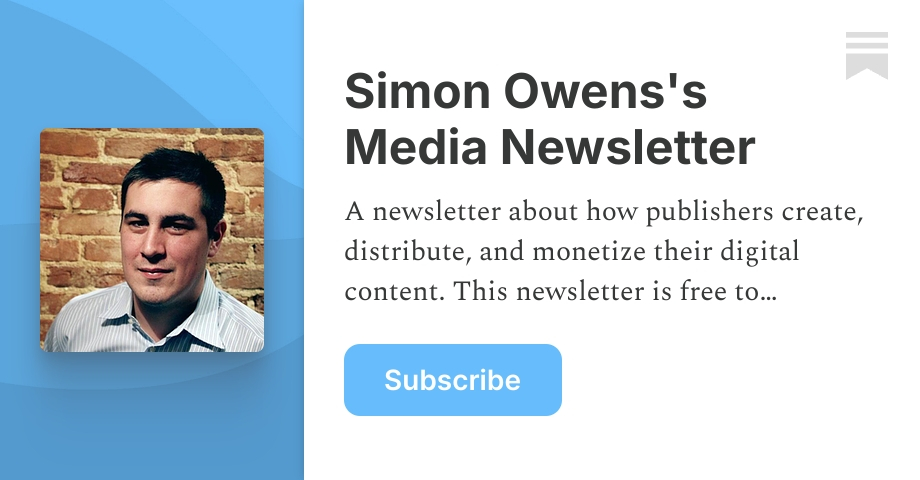News circles were abuzz last week with more data on the extent of the collapse of referrals to their sites from social media. As Axios points out, this is a trend that has been playing out over the last few years, which only leaves publishers with a question of what to do next.
I can attest that there has been tension in audience development. Some social media advocates have continued to push for more off-platform activity as a goal unto itself. While others (including me with some important caveats) have said that off-platform needs to be put in the context of overall editorial and business goals. The most important thing with respect to social media is that it needs to be in the service of broader goals for a publisher such as converting unknown users to know. To achieve that, you can use off-platform audience development to build awareness organically and then use paid campaigns to build subscribers to your newsletters or podcasts.
Building direct relationships with audiences is a strategy that is working. We have multiple examples of how precarious renting audiences on social media has been from the social-media-driven publishers such as BuzzFeed or Mic or large traditional publishers such as Reach in the UK. The FT, the New York Times and the Independent in the UK have all been successful in building direct relationships with audiences, and the Indy isn’t achieving success through a focus on paying subscribers. These strategies of converting unknown users to known and building up subscription businesses have built more resilient businesses. I agree with Axios when they write: “The over-reliance on social media traffic kept news publishers from focusing on building stronger consumer products of their own.”
And for many publishers, a focus on consumer social media networks have caused them to overlook networks like LinkedIn for certain kinds of content. My overall view is that the volume that networks like Facebook used to drive to publishers left them to pursue relatively simplistic social media strategies
Can local podcasts be successful?
I have shared a number of posts over the past year that call into question the podcast strategies for a range of companies including audio streaming giant Spotify. I’m going to highlight this first story which covers a meeting at New York Public Radio, which recently cut two podcasts. This is the reality:
Having moved on from US regional public media in April 2022, I must admit that the coverage of this meeting sounded very familiar.
The cuts to the studio's podcast division reflects an industry-wide inflection point, as the proliferation of podcasts has made competition for sponsors brutally competitive.
Max Rivlin-Nadler, Hell Gate
That is the overall issue, but candid comments from New York Public Radio CEO LaFontaine Oliver also speak to a culture in US public media that might not be as audience or product-focused as necessary. “Oliver also bemoaned the fact that he felt that the podcast division was far too invested in creating podcasts the newsroom wanted to hear, and not what New Yorkers wanted to hear,” Rivlin-Nadler wrote. Ouch.
But US public media aren’t the only local podcasts that are struggling to gain reaction. Media analyst Simon Owen highlights how The Athletic has shuttered most of its local podcasts. As someone who is producing a lot of this research for our customers at Pugpig, I wonder what audience - both size and characteristics - are required for a successful podcast. I don’t have the answer right now, but I know that in the work that I’m doing right now knowing which question to ask is the most important first step.



